
triathlon training - Triathlon Training Planner
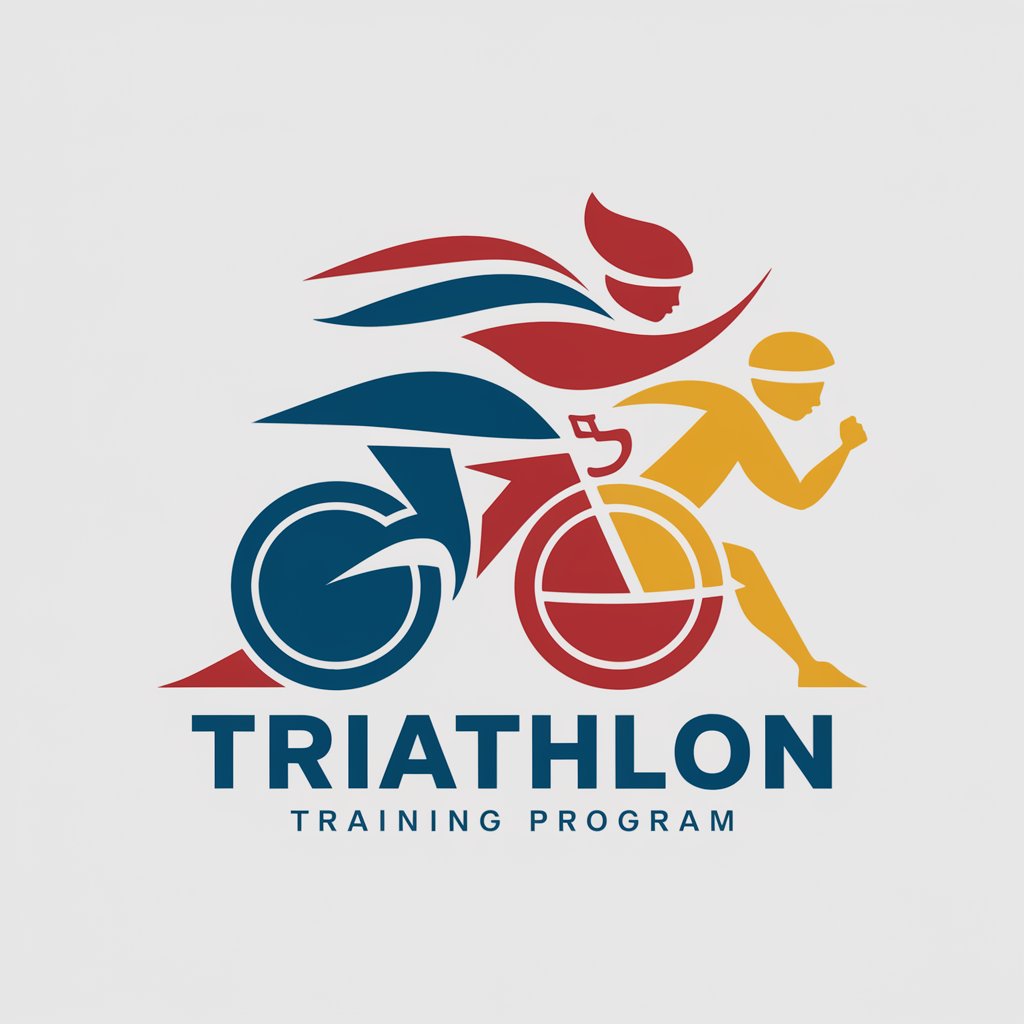
Welcome! Let's get started on your triathlon journey!
AI-powered personalized triathlon coaching
What should I focus on during my swimming sessions?
How can I improve my cycling endurance?
What's a good nutrition plan for triathlon training?
Can you suggest a running workout for this week?
Get Embed Code
Introduction to Triathlon Training
Triathlon training is designed to prepare individuals for competing in triathlons, a multi-sport event comprising swimming, cycling, and running. The core purpose of this specialized training is to enhance endurance, strength, and technique across all three disciplines, ensuring a balanced preparation for the unique demands of triathlon competitions. An essential aspect of triathlon training involves crafting a personalized training plan that adapts over time, focusing on the athlete's progress and areas for improvement. For example, a beginner might start with shorter distances and lower intensity workouts, gradually building up to the full triathlon distances, while an experienced athlete might focus on fine-tuning their performance and technique in specific areas. Powered by ChatGPT-4o。

Main Functions of Triathlon Training
Personalized Training Plans
Example
For a newcomer to triathlon, a plan might start with 20-minute swims, 30-minute bike rides, and 20-minute runs, three times a week, progressively increasing in duration and intensity.
Scenario
John, a beginner, receives a training plan that starts with manageable workouts, slowly building his stamina and technique over six months to complete his first sprint triathlon.
Technique Improvement
Example
Incorporating drills like high-elbow swimming for better water catch, single-leg cycling to improve pedaling efficiency, and cadence running to enhance running form.
Scenario
Emily, struggling with her swim technique, receives specific drills from her training plan to improve her stroke efficiency, leading to better swim times and reduced fatigue.
Nutrition and Recovery Guidance
Example
Providing diet plans rich in carbohydrates and proteins for energy and muscle recovery, and scheduling rest days to prevent overtraining.
Scenario
Alex, preparing for an Ironman, is guided on how to adjust his diet for optimal performance and recovery, including when to consume energy gels during long training sessions.
Injury Prevention Tips
Example
Offering advice on proper warm-up routines, stretching exercises, and the use of recovery tools like foam rollers.
Scenario
Sarah, who has a history of knee pain, receives a tailored plan emphasizing low-impact cycling and running techniques, along with specific strengthening exercises to prevent further injuries.
Motivation and Accountability
Example
Daily check-ins and motivational messages to keep athletes engaged and on track with their training goals.
Scenario
Mark, lacking the motivation to train consistently, benefits from daily encouragement and progress tracking, helping him stay committed and reach his training milestones.
Ideal Users of Triathlon Training Services
Beginners to Triathlon
Individuals new to the sport who need structured guidance on how to start, what to expect, and how to safely increase their fitness levels. They benefit from learning the basics of each discipline, balanced training, and building confidence towards completing their first triathlon.
Intermediate Athletes
Athletes who have completed one or more triathlons and are looking to improve their performance. They benefit from advanced training techniques, more specific nutritional advice, and injury prevention strategies to push their limits safely.
Long-Distance Triathletes
Athletes targeting longer distances, such as half or full Ironman events. They require extensive endurance training, sophisticated nutritional strategies to fuel long training sessions and races, and mental preparation for the challenges of long-distance racing.
Time-Constrained Individuals
People with busy schedules who need efficient and flexible training plans that fit around their commitments. They benefit from tailored plans that maximize training effectiveness within limited time, ensuring steady progress without burnout.
Returnees from Injury
Athletes returning to training after an injury. They need careful planning to avoid re-injury, including strength training, flexibility exercises, and a gradual increase in training load, ensuring a safe return to full fitness.

How to Use Triathlon Training
Start Free Trial
Visit yeschat.ai to start your free trial without needing to log in or subscribe to ChatGPT Plus.
Assess Fitness Level
Evaluate your current fitness level in swimming, cycling, and running to set realistic training goals.
Customize Training Plan
Use the tool to create a personalized 6-month training plan based on your fitness assessment and goals.
Follow Daily Workouts
Engage with daily training sessions and log your progress within the tool to track improvements.
Adjust Plan As Needed
Regularly assess your progress and adjust your training plan to ensure continuous improvement and prevent injury.
Try other advanced and practical GPTs
Training Advisor
Empowering Training Decisions with AI
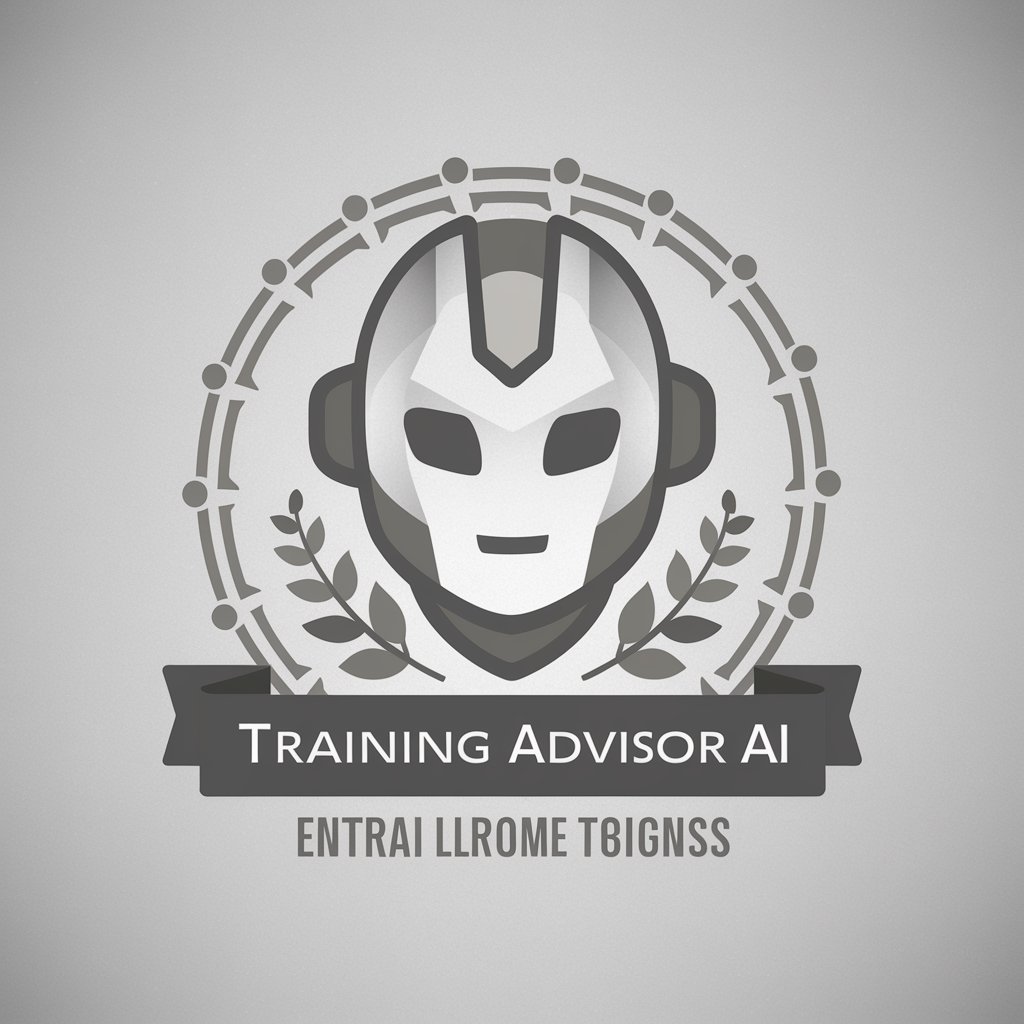
Golfreich.com Training
Master Your Swing with AI

Law On Tap
Empowering Your Trademark Journey with AI

Tube Video Creative Assistant
Empowering creativity with AI-driven insights

Font Friend
AI-powered Font Styling at Your Fingertips

Tappstr Quiz Maker
Empower learning with AI-driven quizzes
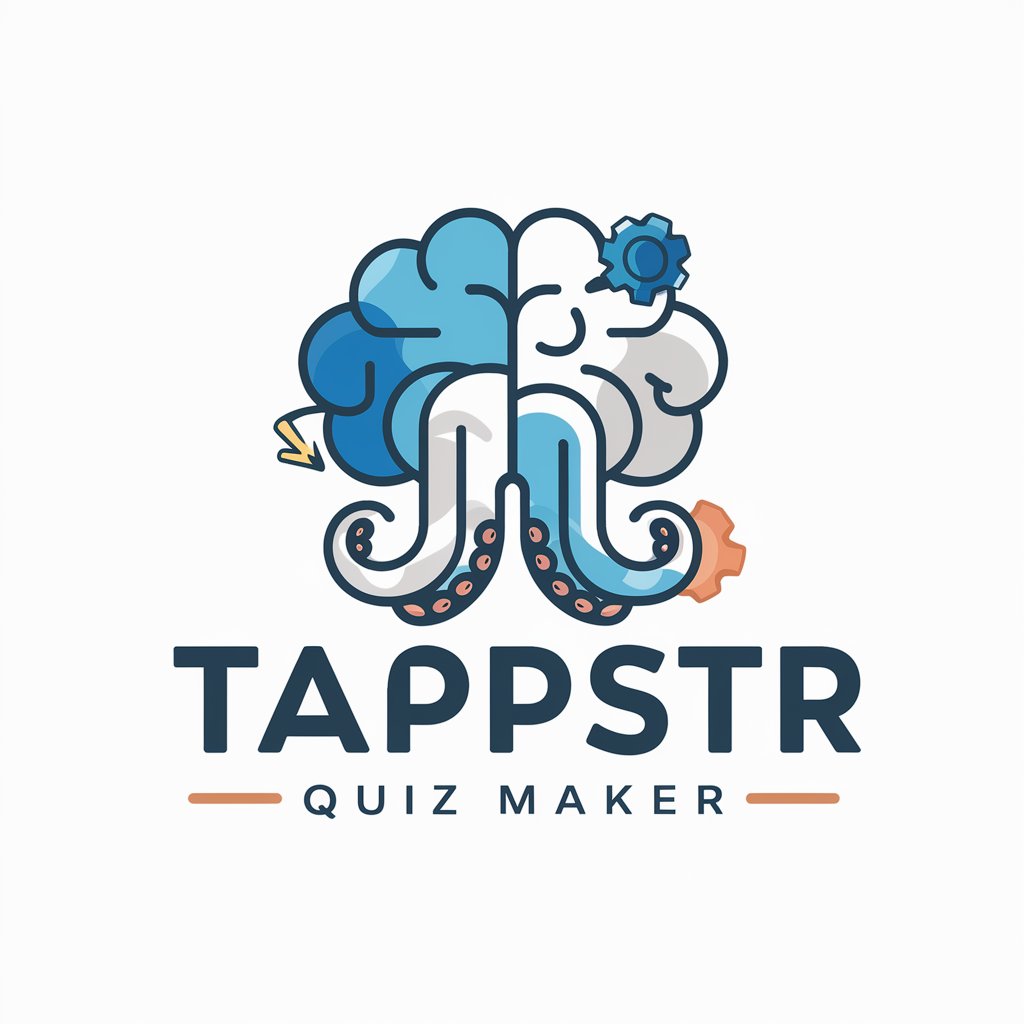
Training Motivator
Empowering Your Journey with AI Motivation
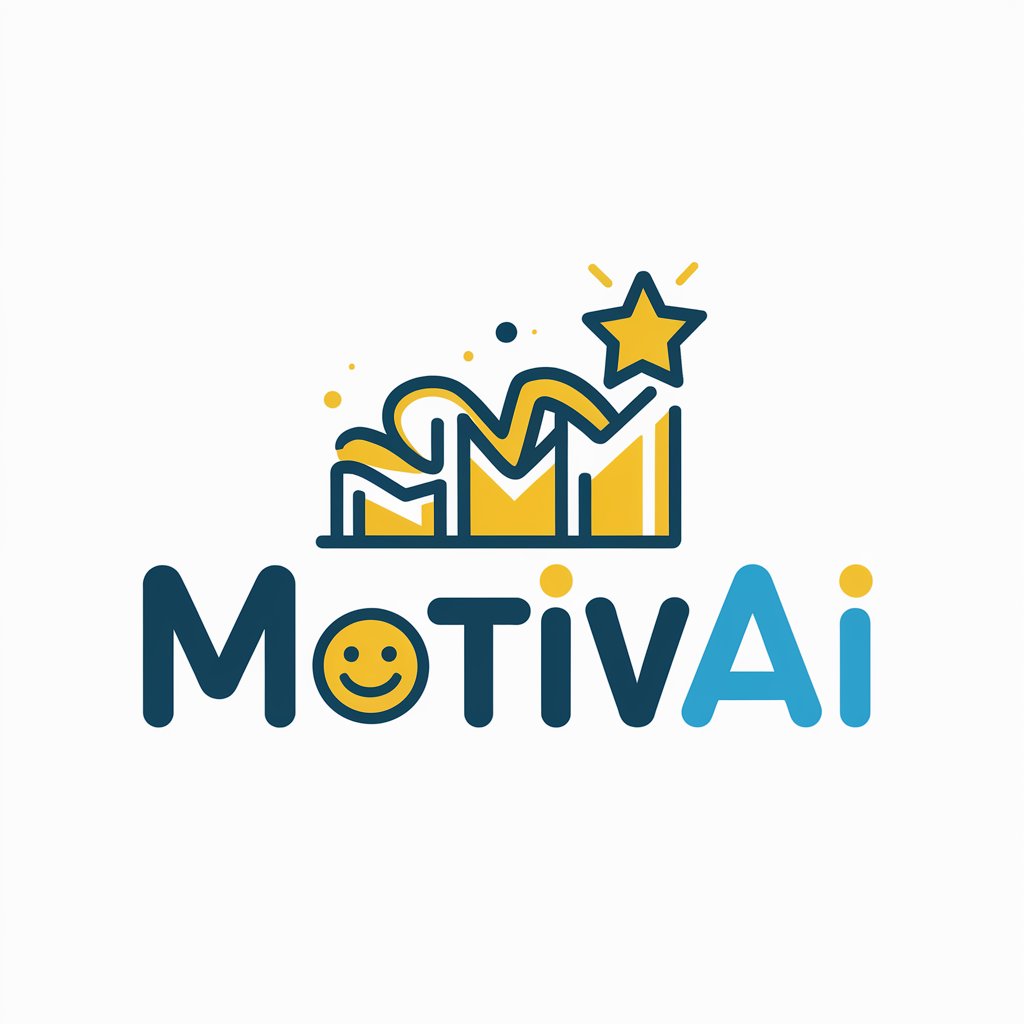
Training Tailor
Empower Teams with AI-Customized Learning
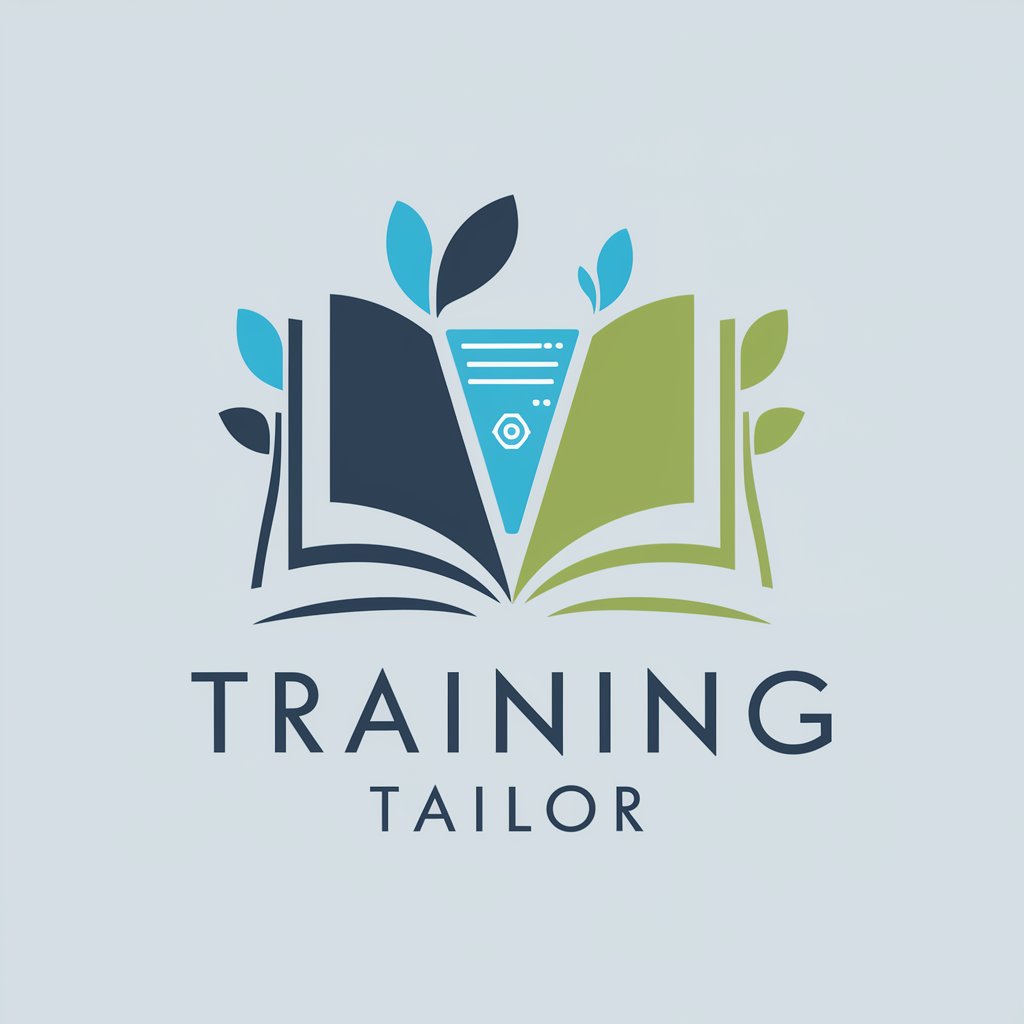
Dog Training
Empower Your Dog Training with AI

Larry
Empowering your coding journey with AI.

Harry
Empowering coders with AI-driven insights

Storage Mate
Your AI-Powered Maintenance Partner
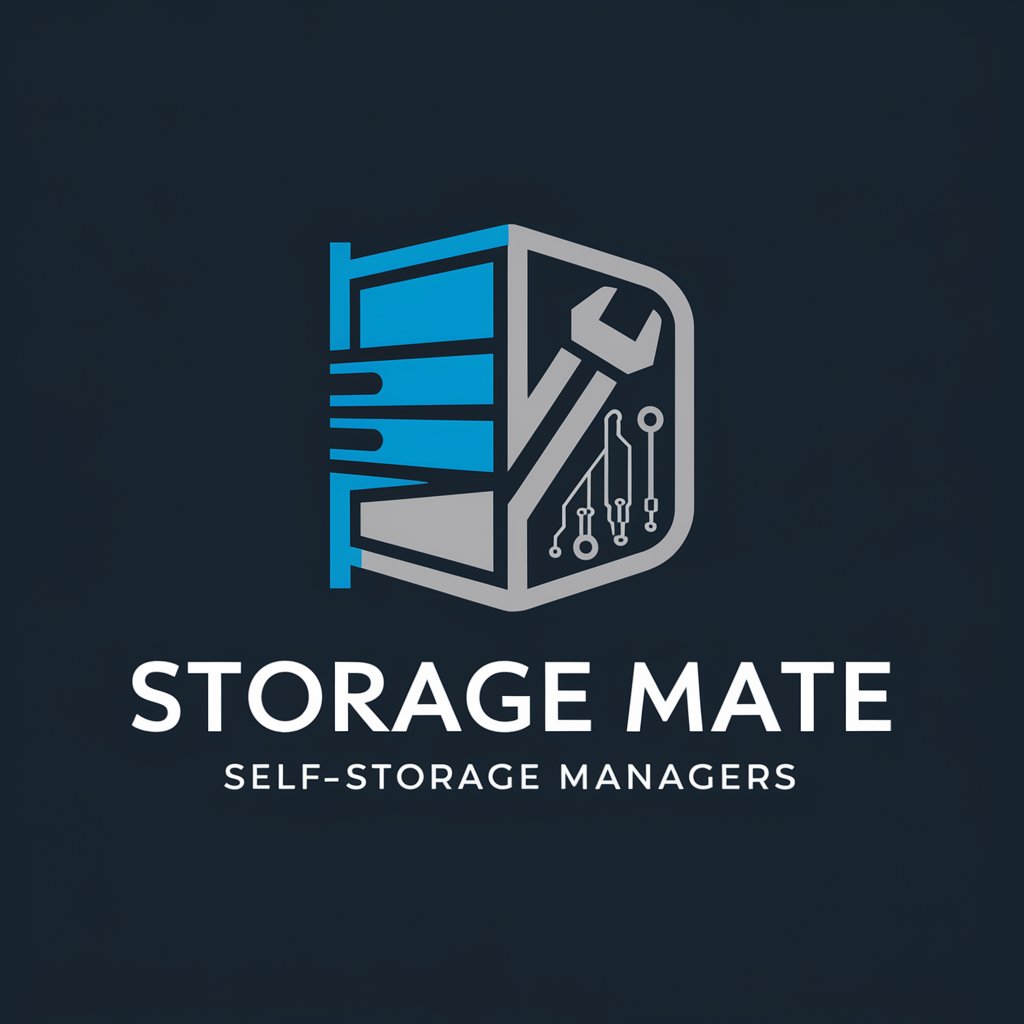
Triathlon Training Q&A
What fitness level is required to start triathlon training?
No specific fitness level is required; the tool is designed to cater to individuals at various fitness levels, from beginners to advanced athletes.
How does the tool personalize my training plan?
It analyzes your fitness level, availability, goals, and preferences to create a training schedule that includes swimming, cycling, and running workouts.
Can I adjust my training schedule if I miss a workout?
Yes, the tool is flexible, allowing you to reschedule missed workouts and adapt your training plan to fit unexpected changes in your availability.
What kind of support does the tool offer for injury prevention?
The tool provides guidance on proper technique, recovery strategies, and balanced training loads to minimize the risk of injuries.
How can I track my progress with the tool?
You can log workouts, track your performance improvements, and assess your progress through regular fitness assessments provided by the tool.